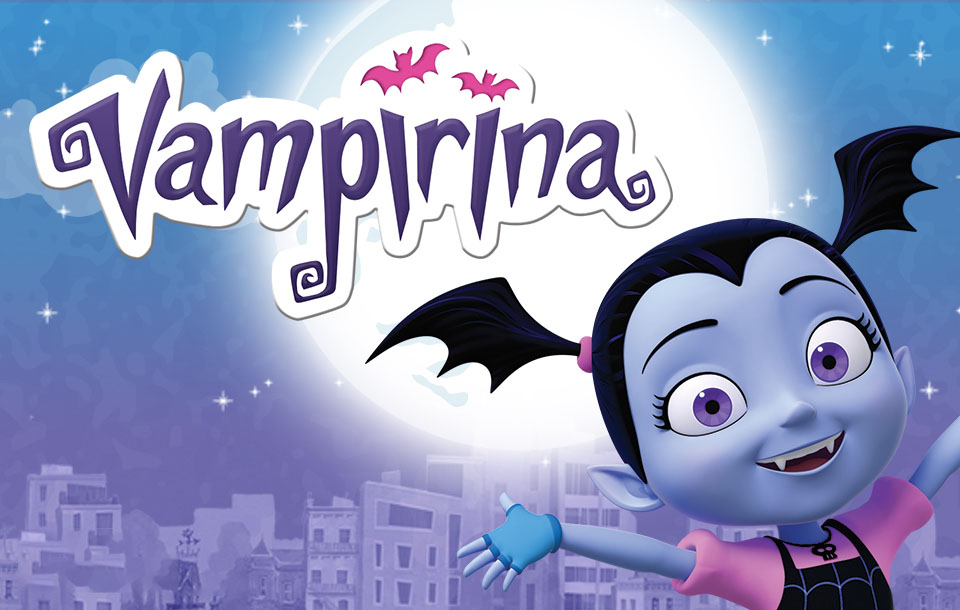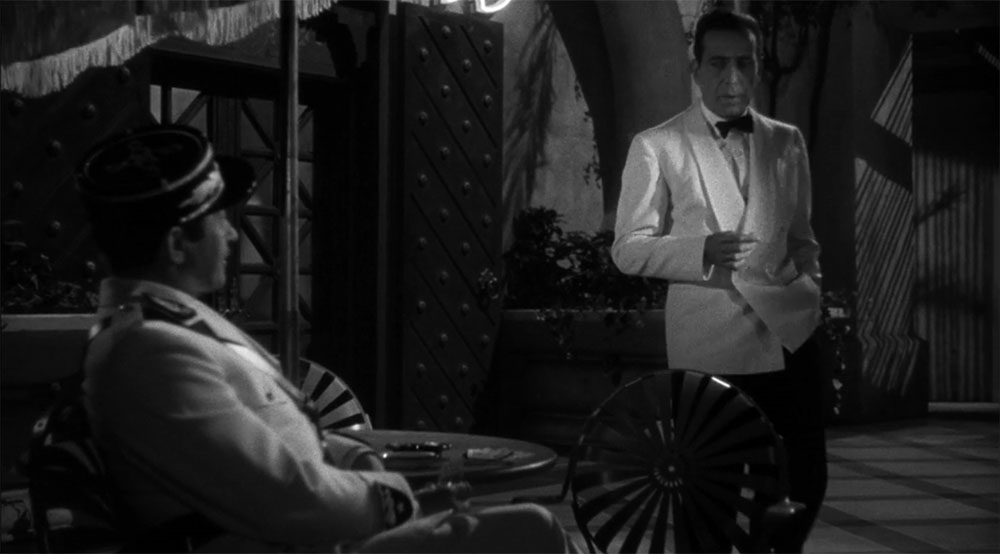Vampirina is childen’s television show created by Chris Nee for Disney Junior. Although based on the Vampirina Ballerina books by Anne Marie Pace, our focus today is strictly on the TV show (which is almost unrecognizably altered from its source material).
For reasons which are, as far as I can tell, never truly explained by the series, Vampirina and her family (vampires don’t drink blood and just have kids normally in this universe) decide to move from Transylvania to Pennsylvania and open a bed-and-breakfast for ghouls, goblins, and other creatures that go bump in the night.
STRUCTURE 1: GUEST OF THE WEEK
The central structure here is pretty straightforward: Each week a new monster (or group of monsters) shows up at the Scare B&B and they bring an adventure with them. This often takes the form of some sort of problem the guest is suffering from which Vampirina and her friends need to solve.
For example, in “Mummy Mayhem” a mummy sneaks out of the local museum for a vacation at the B&B. The museum believes the mummy to have been stolen and sends search parties to go looking for him. In “The Ghoul Girls” the Transylvanian girl group Scream Girls makes a pit stop on their tour and need an opening act.
It’s pretty easy to see how this structure can be adapted to any number of roleplaying games in which the PCs might end up in charge of an inn or similar establishment:
- In Over the Edge, it’s a seedy motel where each featured guests brings a little weird with them.
- In Vampire: The Masquerade, it’s a safe house for vamps passing through the area.
- In Stars Without Number, it’s a small space port where each adventure arrives in a ship.
This is good as far as it goes, but this is very much the exemplar of an incomplete game structure: Like a Mr. Johnson in Shadowrun or the briefing rooms of Paranoia, the “guest of the week” is a very flexible template for reliably delivering scenario hooks, but doesn’t really help you with the scenario itself. You still need to create that from scratch (presumably using other scenario structures).
Which is why Vampirina has a second episodic structure.
STRUCTURE 2: SECRET AT RISK
Other than a few close friends, the humans who make Pennsylvania their home cannot be allowed to find out that Vampirina, her family, or her guests are supernatural, and the series includes several characters (mostly neighbors) from whom this secret must be kept.
One way we could structurally implement this in a roleplaying game is to make a random check each time a PC or one of their guests exhibits supernatural abilities or properties to see if they’re at risk from a human. The key words here, however, are “at risk.” The result of this check should not be a human immediately seeing the supernatural manifestation. Instead, it should create a point of uncertainty: a crisis that has to be solved to prevent the human from discovering the truth.
This second structure largely completes the first one. As long as the guest is either innately supernatural (like a walking, talking mummy) or has some motivation for manifesting their supernatural abilities, the crisis points created by the second structure (combined with the solutions to those crisis points created by the characters, which may feature the use of supernatural abilities themselves, creating a cascade of trigger events) will innately create a complete scenario. You’ll probably want to play around a bit to figure out the right “pace” at which supernatural abilities trigger risk in order to create a satisfying adventure.
The episode “Dancelvania” is a pretty clear-cut example of this: A sleep-walking zombie shows up while Vampirina has some of her human friends over. The episode consists entirely of Vampirina and the other main characters (i.e., the PCs) trying to make sure that the zombie doesn’t expose himself.
Of course, you can also drape additional stories off of the visiting guests. Having a complete scenario structure isn’t a straitjacket that prevents you from having other content in your game after all.
Note, too, that this Secret At Risk structure isn’t the only way we could complete the Guest of the Week structure. Similarly, you could also take the Secret At Risk structure and pair it to a difference scenario hook.
PREP CHECKLIST
To use this scenario structure, you’ll need:
- The inn or similar facility where NPCs come to visit.
- The themed “secret” which needs to be kept and which the guests put at risk. (In Vampirina this is simply “the supernatural exists,” and this can work in any number of settings where the “masquerade” needs to be kept.)
- The guest for the current adventure, who should either inherently reveal the secret or have a motivation which will cause them to take actions which do so.
- A set of NPCs who can put that secret at risk.
And you should be good to go!
BEYOND THE BED & BREAKFAST
For an additional exercise, consider Rick’s Café Américain from Casablanca. This is a bar (and, shockingly, a “secret” casino) rather than a bed and breakfast, but the application of the structure is fairly straightforward. Although at the beginning of the movie Rick infamously “sticks his neck out for nobody,” slightly more proactive PCs could be confronted with a cavalcade of refugees seeking help (and usually having secrets which must be kept from the Nazis).
A similar example can be found in Spider Robinson’s Callahan’s Crosstime Saloon. Here the eponymous saloon is visited in each story by some strange creature or character out of speculative fiction. Often these visits are simply the framing device for the visitor to tell their story, but not always, with the visitor’s problems often following them into the saloon itself.
Callahan’s doesn’t particularly lend itself to the Secret At Risk structure, so it might be a good opportunity to think about what other structure(s) you might pair up with the Guest of the Week.
In the case of both Rick’s and Callahan’s, there’s a natural pairing with the Tavern Time™ system for fleshing out a wider cast of characters (including those who put the Secret At Risk if that applies).
For another example, consider the Continental Hotel from the John Wick movies. With a multitude of assassins constantly taking up residence, it feels as if the PCs filling Winston’s role as proprietor should be constantly intersecting various adventures. However, the rules of Continental more or less ban those adventures from actually crossing the threshold.
Is there a second structure we could implement that would resolve that? Or would we be better off with a completely different set of structures for a Continental campaign?
















